How the Vision Pro Development Cycle is Leading to Burnout
The Apple Vision Pro, a cutting-edge mixed-reality headset, has made waves in the tech industry for its seamless integration of augmented reality (AR) and virtual reality (VR) capabilities. However, behind this technological marvel lies a grueling development cycle that is reportedly leading to employee burnout. In this article, we'll explore the reasons behind this issue and discuss potential solutions.
The Demands of the Development Cycle
The development cycle for a product like the Vision Pro is inherently demanding. The headset's innovative AR and VR integration, high-resolution display, spatial audio, eye and hand tracking, and custom design powered by Apple's M2 chip, require a high level of engineering and design expertise.
Building these complex technologies requires a fast-paced, continuous development cycle with tight deadlines. This relentless pace can lead to long working hours, work-related stress, and eventually, employee burnout.
Pressure to Innovate
Apple's reputation for innovation also contributes to the pressure. With each product, the company aims to redefine standards and exceed customer expectations. This drive for groundbreaking innovation can create an intense work environment that pushes employees to their limits.
Effects of Burnout
Burnout is characterized by exhaustion, cynicism, and reduced productivity. It can lead to severe health issues, such as depression, heart disease, and weakened immune function. Moreover, it can also result in employee turnover, which can hurt the productivity and morale of the entire team.
Addressing Burnout in the Development Cycle
Addressing this issue requires both organizational and individual changes. Here are some strategies that companies like Apple can adopt to prevent burnout during the development cycle:
Workload Management
Organizations should ensure that employees' workloads are manageable and that deadlines are realistic. Excessive work hours should be discouraged, and employees should be encouraged to take regular breaks and time off to rest and recharge.
Supportive Work Environment
Creating a supportive work environment can also help prevent burnout. This includes fostering open communication, where employees feel comfortable discussing their workload and stress levels, and offering support, such as counseling services or stress management workshops.
Recognition and Reward
Recognizing and rewarding employees' hard work and achievements can also help reduce burnout. This can be done through formal recognition programs, bonuses, or simply verbal acknowledgment of their contributions.
Work-Life Balance
Companies should promote a healthy work-life balance. This could include flexible working arrangements, such as remote work or flexible hours, and ensuring that employees do not feel obligated to work outside of their regular hours.
Conclusion
The development cycle for products like the Vision Pro is demanding and can lead to employee burnout if not properly managed. To prevent this, companies need to implement strategies that ensure manageable workloads, provide a supportive work environment, recognize and reward hard work, and promote a healthy work-life balance.
By taking these steps, companies can maintain the health and well-being of their employees while continuing to innovate and push the boundaries of technology.




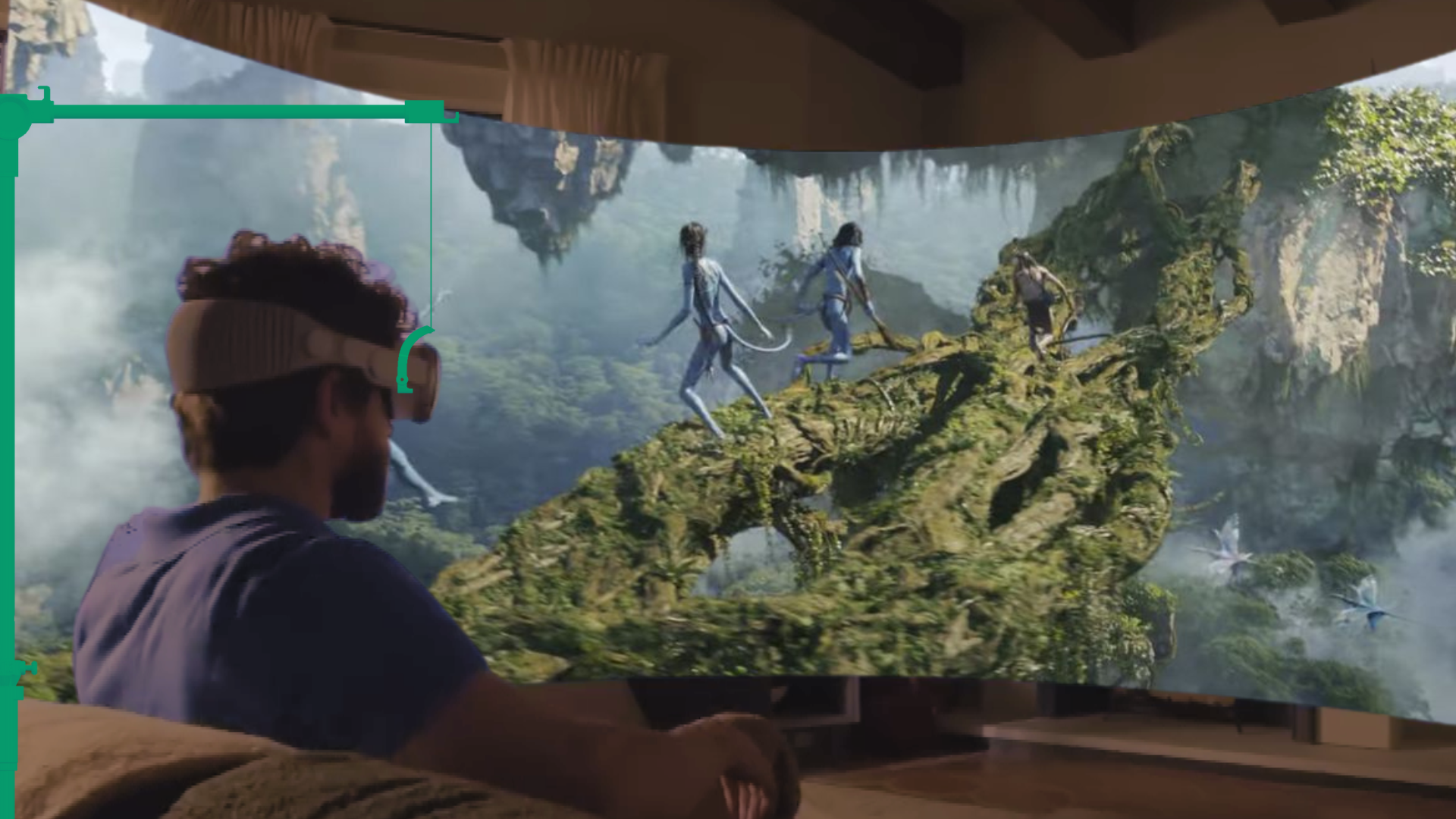
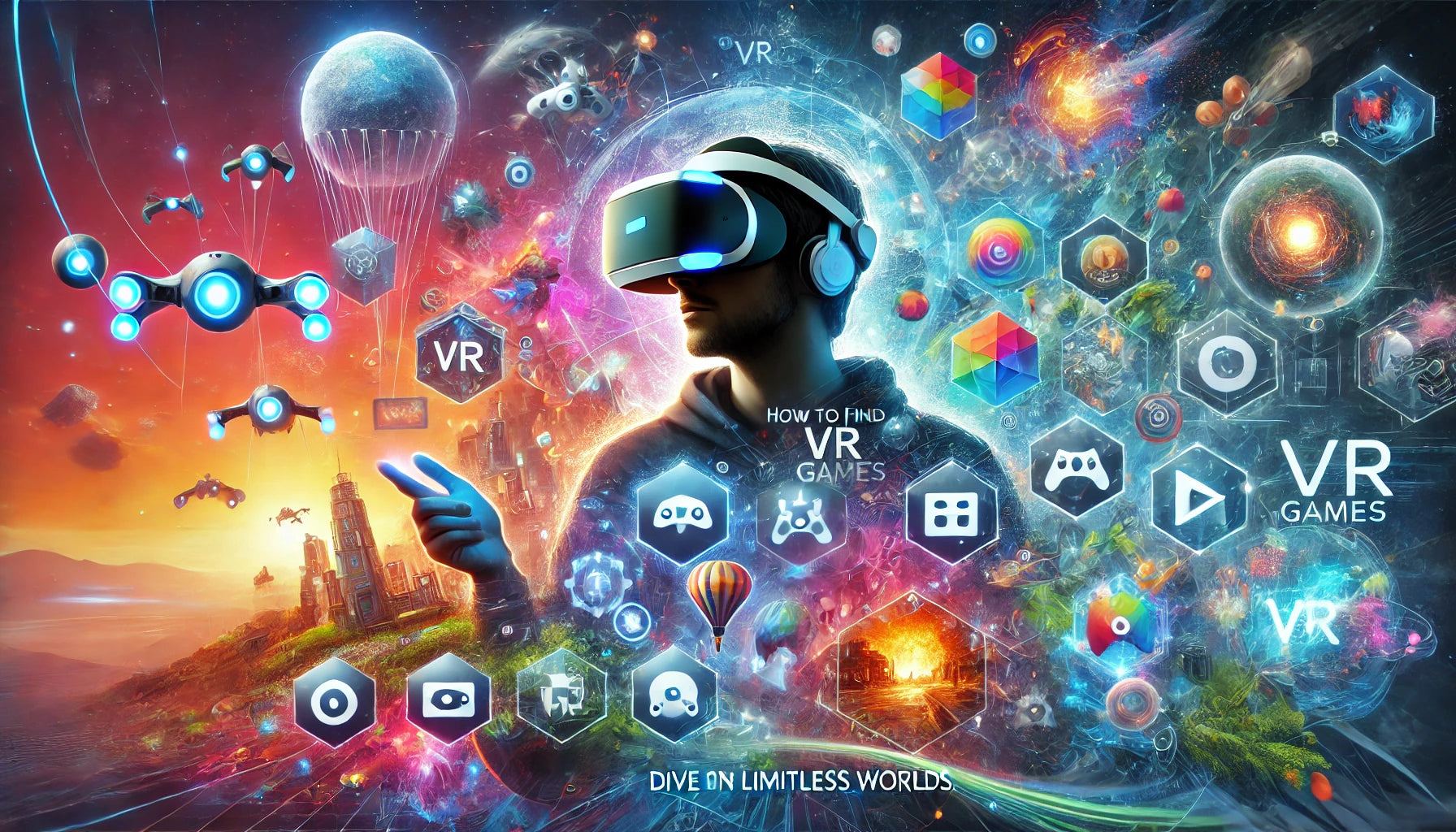
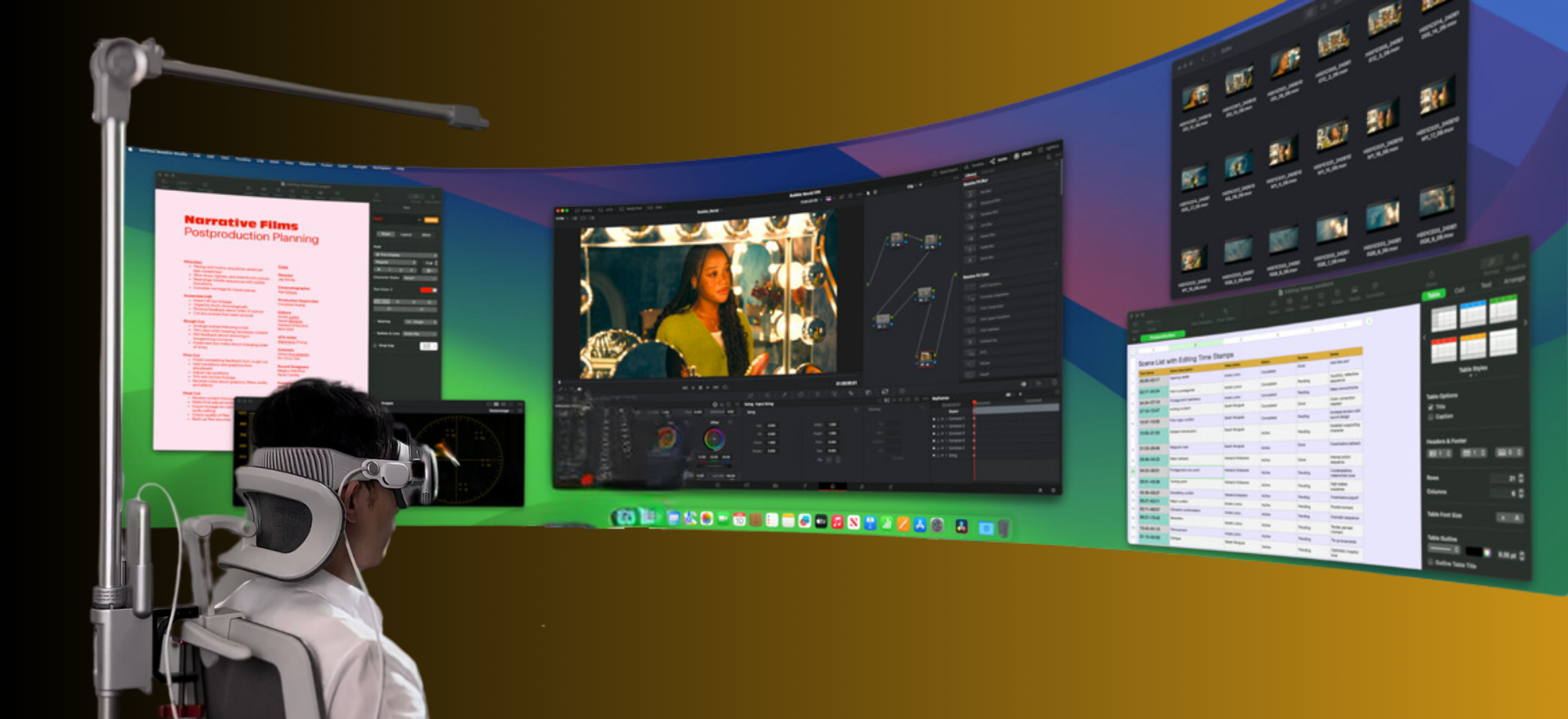
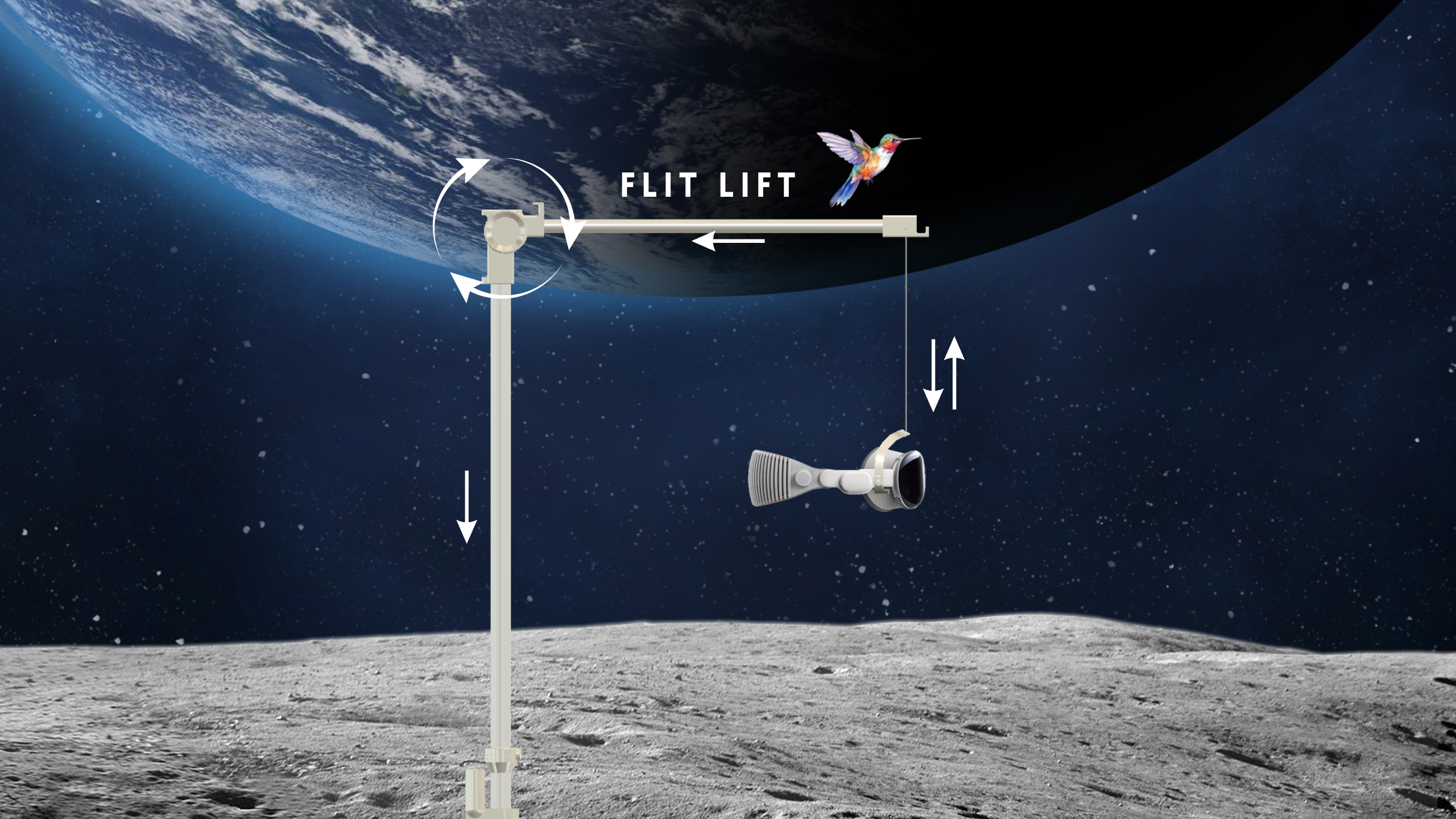

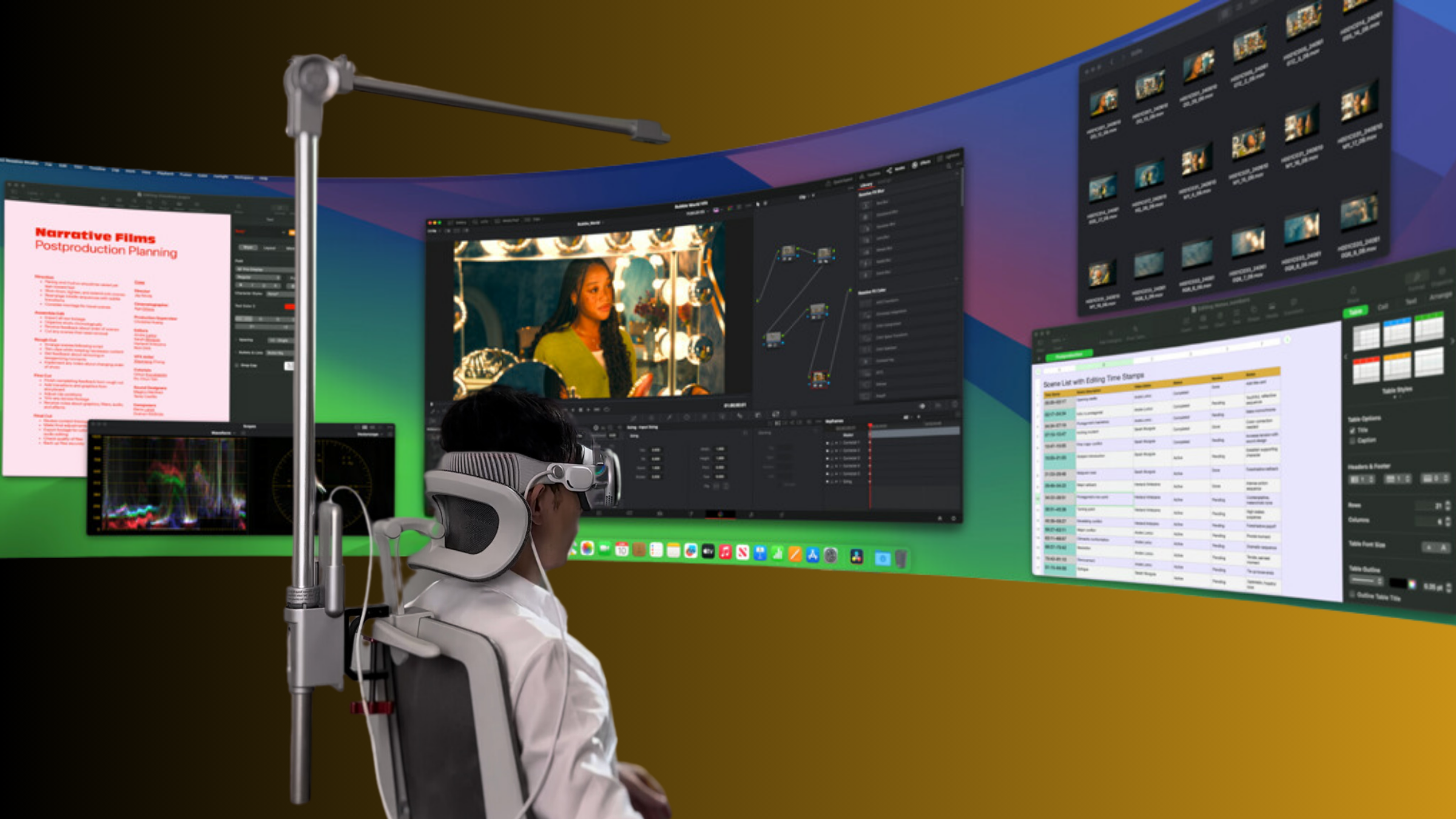

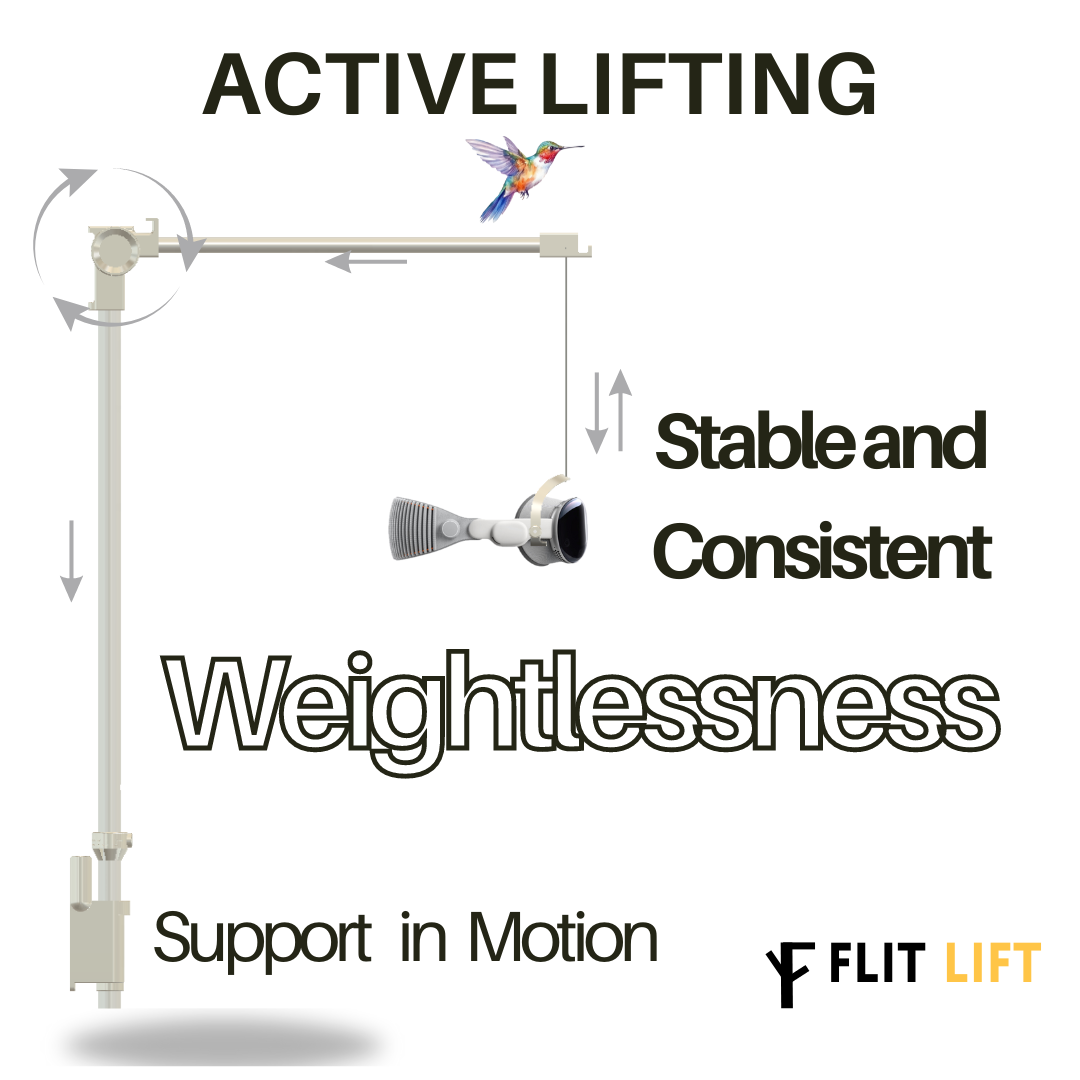


Compartir:
Vision Pro and the Dilemma of Mental Health in Tech Development
Why Developer Fatigue Shouldn’t Be Ignored in Vision Pro’s Success